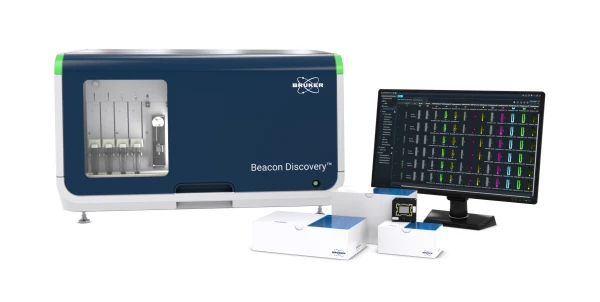New Technologies Focus on Efficiency at ASMS 2017
The American Society for Mass Spectrometry (ASMS) annual meeting was held in Indianapolis June 4-8 2017. As the pre-eminent gathering of scientists and industry professionals, this year’s ASMS meeting did not disappoint. There were a wide range of industry exhibitors, from small scale equipment dealers to major manufacturers of mass spec instrumentation – and of course there were the corporate hospitality suites as well, always a good time.
Many vendors displayed their products and service offerings in the exhibition hall, which is a prime forum for getting acquainted (or reacquainted) with contacts and new technology. Several of the larger companies opted to host hospitality suites, which serve as venues to tour instrumentation and learn from technical experts.
As press, we were treated to breaking news regarding new product launches and corporate strategies. In this regard, there were many new developments and several transformative technologies that were discussed, providing a vision for the direction of the mass spec industry.
The theme across the board appeared to be Efficiency. A company commissioned survey of lab managers assessed pain points from a user perspective.
The results indicated difficulties in handling new techniques and the streams of data that follow analysis of larger sample sets or cohorts.
Another point included the difficulties involved in maintaining instrumentation and managing downtime, which are increasing important as operations increase in scale.
Yet another point was the decreasing availability of lab space, as space becomes a commodity with the increase in lab instrumentation associated with growing experimental operations and complexity.
These and other concerns seemed to be apparent, survey or not, to every one of the manufacturers, who in response have risen to address the issues directly.
As detailed in the subsequent articles, novel technologies and new instrumentation have been designed to address: sample preparation, workflow complexity, data management, ease of use and maintenance, as well as size.
A result of these developments, and an important take away from this meeting, was that the forces behind the instrumentation have chosen not only to focus on the experimental demands of new applications. They have placed an increasing importance on user needs, as the complexity of operations and big data requirements continue to grow.










